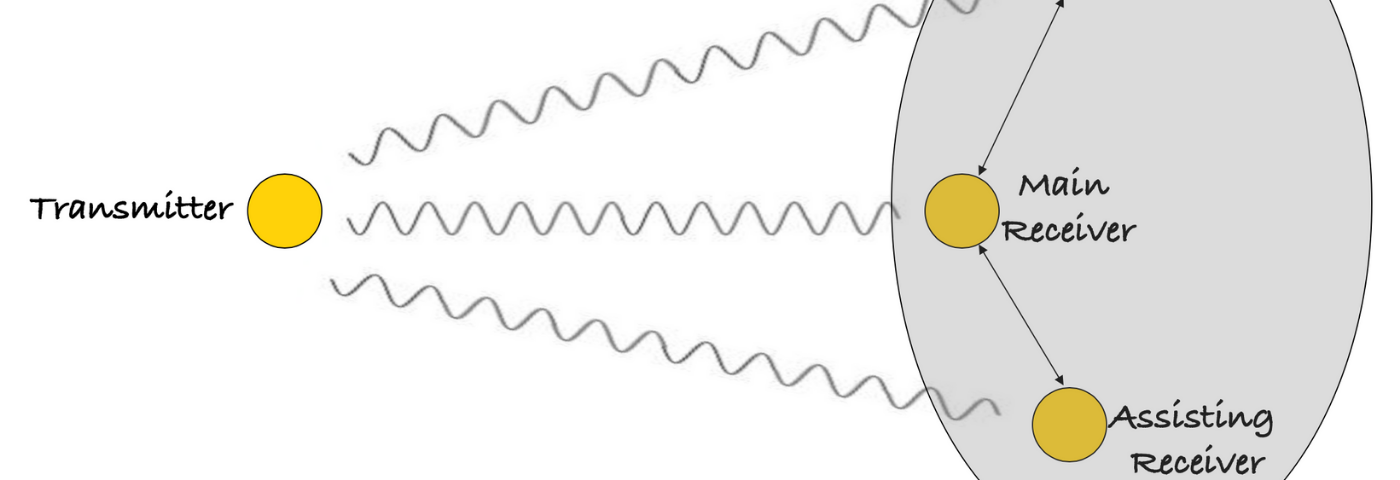Guest post: Ms Florie Mancel, Subnero Pte Ltd
Spatial diversity techniques that are used in terrestrial networks usually utilise multiple antennas on the same device to improve link quality and reliability. Similarly, having multiple hydrophones/transducers on the same underwater node might help with the same but comes with the cost of a significant increase in the size due to the spatial separation that might be needed between transducers. Can we exploit a similar technique to make underwater wireless networks faster and more reliable and make that long-range communication link “just work”? With the capability to exploit distributed spatial diversity, yes you can!


